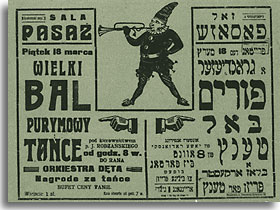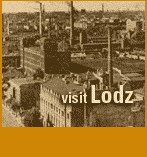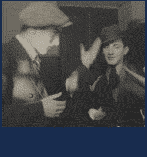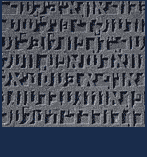

Succoth  , the harvest festival of "booths", lasts eight days and usually falls at the end of October. Succoth is celebrated within a sukkah, the temporary dwelling built outside of one's home, where all meals are eaten. As a harvest festival, special significance is placed on all fruits and vegetables prepared and eaten in the sukkah.
, the harvest festival of "booths", lasts eight days and usually falls at the end of October. Succoth is celebrated within a sukkah, the temporary dwelling built outside of one's home, where all meals are eaten. As a harvest festival, special significance is placed on all fruits and vegetables prepared and eaten in the sukkah.
Hannukah  commemorates the victory of a relatively small group of Jews against a Hellenist army in Jerusalem in 165 BCE. This short-lived victory, considered by many to be a miracle, coincided with the rededication of the Holy Temple. Oily foods are common because those Jews who recovered the desecrated Holy Temple, found a small quantity of oil that lasted burning miraculously for eight days. The celebration of Hanukkah, therefore, lasts eight days and features the lighting of one new candle per nigh, until you are lighting eight together. The foods eaten on Hanukkah emphasize oil, recalling the miraculous oil of the Hanukkah story. Eastern European Jews eat latkes (potato pancakes), fried in oil. In Israel, the custom is to eat sufganiyot (deep-fried donuts).
commemorates the victory of a relatively small group of Jews against a Hellenist army in Jerusalem in 165 BCE. This short-lived victory, considered by many to be a miracle, coincided with the rededication of the Holy Temple. Oily foods are common because those Jews who recovered the desecrated Holy Temple, found a small quantity of oil that lasted burning miraculously for eight days. The celebration of Hanukkah, therefore, lasts eight days and features the lighting of one new candle per nigh, until you are lighting eight together. The foods eaten on Hanukkah emphasize oil, recalling the miraculous oil of the Hanukkah story. Eastern European Jews eat latkes (potato pancakes), fried in oil. In Israel, the custom is to eat sufganiyot (deep-fried donuts).
Purim  is a festive holiday, usually falling in March, which commemorates the saving of the Jews of Persia in antiquity. Slated for murder by Haman, one of the King's henchmen, the Jews were saved by the queen herself, Ester, a Jew, and her uncle Mordechai. Purim is a joyous holiday and is celebrated by the exchange of food gifts, shalakhmones (mishloah manot in Hebrew). The traditional meal at Purim is the only one in which wine is featured plentifully.
is a festive holiday, usually falling in March, which commemorates the saving of the Jews of Persia in antiquity. Slated for murder by Haman, one of the King's henchmen, the Jews were saved by the queen herself, Ester, a Jew, and her uncle Mordechai. Purim is a joyous holiday and is celebrated by the exchange of food gifts, shalakhmones (mishloah manot in Hebrew). The traditional meal at Purim is the only one in which wine is featured plentifully.
Hamentashn, the triangular pastries, are most associated as an Eastern European Jewish food on Purim. The triangular shape is said to represent the hat worn by Haman in Ancient Persia. The pastries traditionally have a sweet poppy filling (mon, in Yiddish); and this play on words, Hamontoshn is likely the source of the name of the cookie.

















